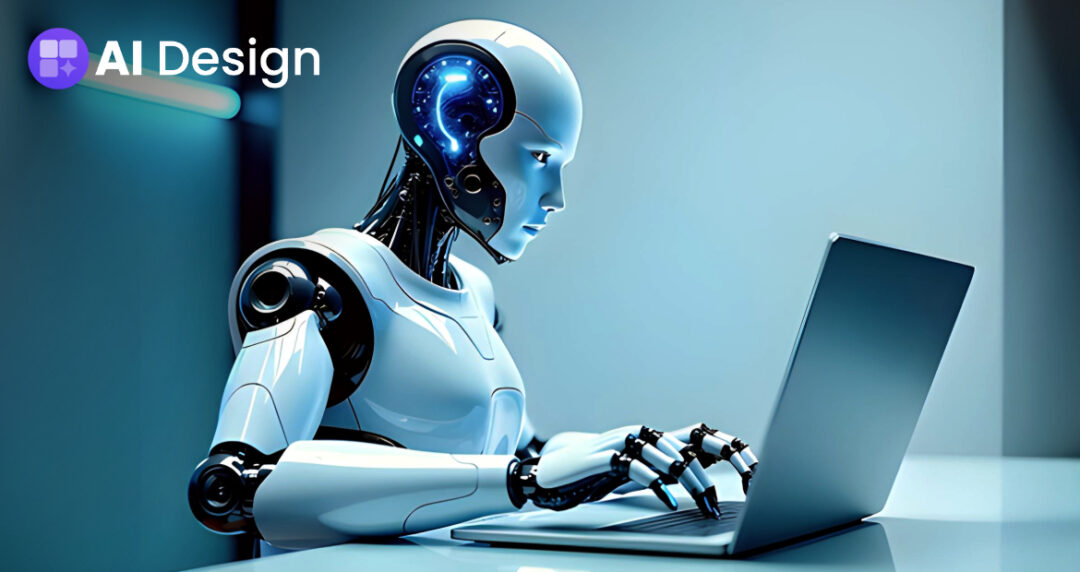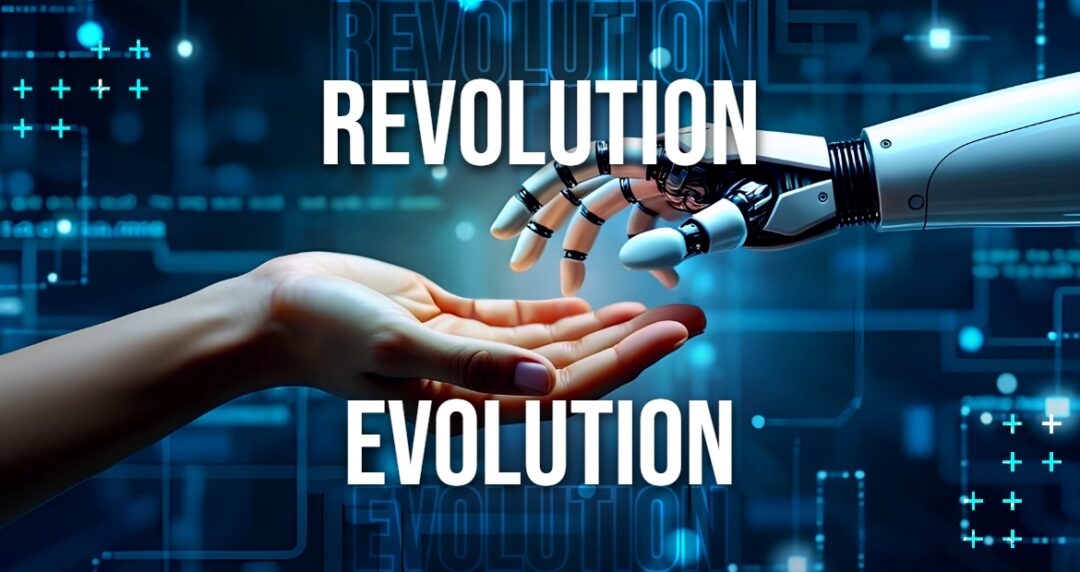
As designers, we’ve always known that our craft is more than just creating visually stunning images. Design is about telling stories that captivate, building brands that resonate, and crafting experiences that engage. It’s a delicate balance of art and science, where creativity meets strategy and technology, and where human intuition and emotional intelligence play a crucial role. But what happens when a new player enters the scene, one that promises to revolutionize the way we design? We’re talking, of course, about Artificial Intelligence (AI).
AI is changing the design landscape, but it’s up to us to decide how we want to harness its power. The key challenge facing designers today is how to balance the efficiency and speed of AI with the creativity and originality that only humans can bring. This paradox has sparked debates and raised questions about the role of AI in design. Can AI truly be creative, or is it limited to mimicking human creativity? How can designers work with AI to produce innovative solutions that exceed client expectations? What does the future hold for our industry, as AI continues to evolve and improve?
The Evolution of AI in Design
When AI first entered the design scene, its primary function was to automate repetitive and mundane tasks. Designers welcomed the ability to resize images, remove backgrounds, and perform other tedious tasks with ease. However, as AI technology advanced, its role in design evolved from mere automation to smart design assistance. Today, AI-powered platforms like Figma’s AI features, Pixlr, and Designs.ai are revolutionizing the way designers work. These tools use machine learning algorithms to analyze patterns, recreate visuals, and assist designers in creating and refining layouts.
With AI, designers can generate multiple variations of a design concept, exploring different typography, color schemes, and imagery. AI can also help designers recreate design styles without skill limitation, ensuring the right brand look and feel for each product within minutes, not hours or days. The impact of AI on design has been significant, but it’s not about replacing human designers. Instead, AI is simplifying complex processes, freeing up more time for strategy, creativity, and high-level thinking. By automating routine tasks and providing intelligent design assistance, AI is augmenting human capabilities, enabling designers to focus on what they do best: creating innovative, effective, and beautiful designs.

AI as a Creative Partner, Not a Replacement
As AI becomes increasingly prevalent in design, there’s a growing concern that machines will replace human designers. However, this fear is misplaced. AI is not a replacement for human creativity, but rather a complementary tool that can augment and enhance our abilities. AI’s primary strength lies in its ability to process vast amounts of data, recognize patterns, and generate ideas based on that analysis. However, when it comes to creativity, intuition, and emotional intelligence, humans are still unparalleled.
By leveraging AI’s capabilities, designers can focus on high-level creative decisions, such as developing the overall visual strategy and direction, ensuring the design aligns with the brand’s tone and personality, and making nuanced adjustments to typography, color, and composition. AI can assist, but not replace, the creative instincts of designers. The key to successful human-AI collaboration is to understand the strengths and limitations of each partner and to use AI as a tool to augment human creativity, not replace it.
The Benefits of AI in Design
One of the most significant benefits of AI in design is its ability to eliminate tedious and time-consuming tasks. With AI, designers can focus on high-level creative decisions, such as strategy and storytelling, rather than getting bogged down in mundane tasks. AI can also help designers overcome creative blocks and explore new ideas by analyzing vast amounts of design data and identifying trends, patterns, and styles that may not be immediately apparent to humans.
Ultimately, the key to successful human-AI collaboration is to understand the strengths and limitations of each partner. By embracing AI as a creative partner, rather than a replacement, designers can unlock new levels of productivity, creativity, and innovation.
The Ethical & Creative Challenges of AI in Design
As AI becomes increasingly prevalent in design, it’s essential to acknowledge the ethical and creative challenges that come with it. While AI brings many advantages, such as increased efficiency and inspiration, it also raises important questions about originality, job displacement, and artistic ownership. One of the most pressing concerns is whether AI-generated art lacks originality. Can a machine truly create something new and unique, or is it simply recombining existing elements in a way that’s been programmed?
To ensure responsible AI use, designers can follow these guidelines: use AI for inspiration and efficiency, not to copy or replace human work; focus on storytelling, brand messaging, and emotional impact; and adapt by learning how to integrate AI into their workflow. By acknowledging the ethical and creative challenges of AI in design, we can work towards a more responsible and sustainable future for our industry, one that balances the benefits of AI with the need for human creativity, originality, and emotional intelligence.

The Future of AI in Design
As AI continues to evolve and improve, we can expect to see even more exciting developments in the world of design. The next phase of AI in design will focus on real-time personalization and collaboration, enabling designers to create more effective and engaging designs than ever before. Future AI-powered design tools may include features such as real-time analytics and refinement, real-time AI collaboration, and simplified complex design tasks.
By embracing AI-powered tools today, designers can future-proof their skills and stay ahead of industry trends. Those who are willing to adapt and learn will be best positioned to take advantage of the exciting opportunities that AI has to offer. As we’ve seen throughout this article, AI is not replacing human creativity – it’s enhancing it. Designers who leverage AI gain efficiency, unlock new creative possibilities, and improve design quality. AI is a tool, not a substitute, for human imagination and ingenuity.
For those who are willing to adapt and innovate, the future of design is full of exciting opportunities. From faster workflows to more personalized, data-driven designs, AI has the potential to revolutionize the way we approach design. The best designers of tomorrow will be those who are able to adapt, innovate, and use AI as a tool – not a crutch. By embracing AI-powered design tools and staying focused on the creative aspects of design, we can unlock new possibilities and create designs that are more effective, engaging, and inspiring than ever before.
